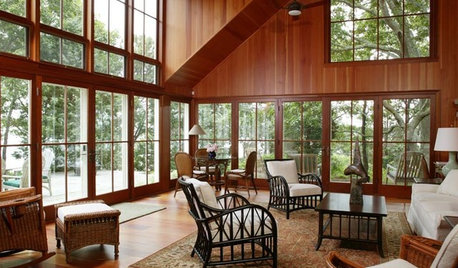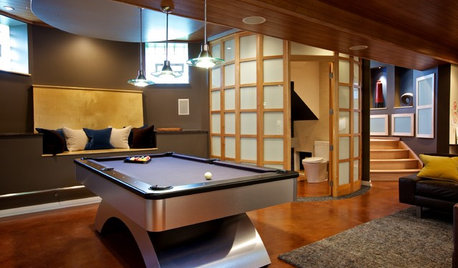Are Direct Vent Water Heaters Reliable?
kc270
11 years ago
Related Stories

GREAT HOME PROJECTSHow to Switch to a Tankless Water Heater
New project for a new year: Swap your conventional heater for an energy-saving model — and don’t be fooled by misinformation
Full Story
DISASTER PREP & RECOVERYRemodeling After Water Damage: Tips From a Homeowner Who Did It
Learn the crucial steps and coping mechanisms that can help when flooding strikes your home
Full Story
GREEN BUILDINGWater Sense for Big Savings
Keep dollars in your pocket and preserve a precious resource with these easy DIY strategies
Full Story
ARCHITECTUREWant to Live by the Water? What You Need to Know
Waterside homes can have amazing charm, but you'll have to weather design restrictions, codes and surveys
Full Story
MATERIALSThe Most Popular Roofing Material is Affordable and Easy to Install
Asphalt shingles, the most widely used roof material in the U.S. are reliable and efficient, and may be right for you
Full Story
HOUSEKEEPING5 Steps to Improve Your Heating System Now
Increase your heater's efficiency and safety for lower energy bills and greater peace of mind this winter
Full Story
BASEMENTSTricky Basement Bathroom? Cool Design Opportunity!
Have some fun with your bathroom design while getting all the venting, privacy and storage you need
Full Story
EARTH DAYGrow a Beautiful Garden With Ecofriendly Greywater
Reducing home water waste means lower bills and a healthier planet. Here's how to set up a greywater home irrigation system that can help
Full Story
LIFEHow to Prepare for and Live With a Power Outage
When electricity loss puts food, water and heat in jeopardy, don't be in the dark about how to stay as safe and comfortable as possible
Full Story
HOLIDAYSHow to Care for Your Christmas Tree
Keep your tree looking lush until the last ornament is packed away with these tips for watering, using stands and more
Full Story






brickeyee
alan_s_thefirst
Related Professionals
Franklin Plumbers · Fish Hawk Handyman · North New Hyde Park Handyman · Grain Valley Kitchen & Bathroom Remodelers · Wood River Kitchen & Bathroom Remodelers · Auburn Kitchen & Bathroom Remodelers · Broadlands Kitchen & Bathroom Remodelers · Buffalo Grove Kitchen & Bathroom Remodelers · Cleveland Kitchen & Bathroom Remodelers · Dearborn Kitchen & Bathroom Remodelers · Fremont Kitchen & Bathroom Remodelers · Islip Kitchen & Bathroom Remodelers · Kettering Kitchen & Bathroom Remodelers · Pinellas Park Kitchen & Bathroom Remodelers · Hewitt Kitchen & Bath Fixtureskc270Original Author
alan_s_thefirst
kc270Original Author